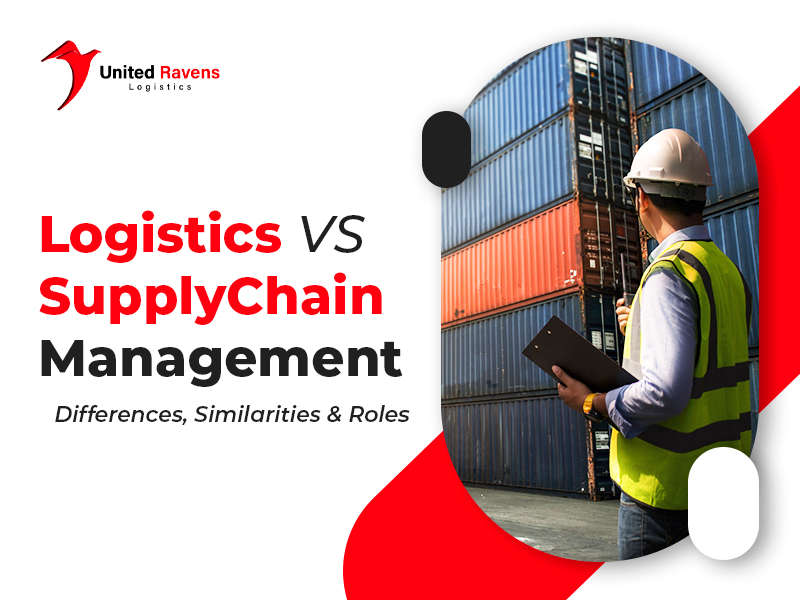What is a supply chain?
A supply chain is the part of a logistic chain that deals with the movement and storage of products, and related information from the source to the destination. It covers the transportation, handling, and inventory management of goods, among suppliers, manufacturers, wholesalers, retailers, and end consumers. The process involves manufacturing, warehousing, and distribution before reaching the end consumer.
For example, a supply chain for a smartphone may include suppliers of raw materials, components, and software, manufacturers of parts and devices, warehouses, and distribution centers.
The supply chain aims to optimize performance by aligning the partners’ strategies, goals, and capabilities. By leveraging the supply chain, businesses can enhance customer value, satisfaction, and loyalty and achieve a competitive advantage in the market.
What is Logistics?
Logistics refers to planning, implementing, and controlling the efficient flow and storage of goods between the point of origin and the endpoint. It encompasses moving and storing materials and products through the supply chain.
Logistics has two core functions – transportation and warehousing. Transportation involves moving goods between supplier, manufacturer, distributor, retailer, and end consumer locations. Warehousing refers to inventory management and order fulfillment activities like storing, packing, and shipping goods to customers
Logistics aims to deliver the correct items in the right quantities to customers at the right time and in a cost-efficient manner. Logistics managers coordinate transportation, warehousing, and integration with other supply chain functions and utilize information to optimize product flow and storage.
Effective logistics is crucial for businesses dealing with physical products to succeed in a competitive marketplace.
Logistics vs. Supply Chain: The Difference?
Logistics management vs supply chain management are two related but distinct concepts that deal with the movement and storage of goods and services. In Table 1 below, we discuss the key differences between supply chain and logistics management.
Table 1. Differences in Logistics Management and Supply Chain Management.
| S.No | Basis | Logistics Management | Supply Chain Management |
|---|---|---|---|
| 1. | Objective | Achieve customer satisfaction | Gain competitive advantage |
| 2. | Involvement | Single organization | Multiple organizations |
| 3. | Evolution | concept evolved earlier | More recent concepts |
| 4. | Relation | A fraction of supply chain management | Encompasses logistics management |
| 5. | Activities | Efficient movement and storage of goods | Coordinates broader sourcing, procurement, conversion, and logistics activities |
| 6. | Focus | Executing transportation and distribution | Coordination and collaboration between different parties |
Logistics vs. Supply Chain: Similarities?
Though differing in scope, supply chain management and logistics share similarities. Both focus on the strategic movement of goods from the point of origin to the final destination.
At their core, both supply chain and logistics are critical for streamlining operations, reducing costs, and meeting customer demands. This involves balancing service levels and expenses, managing inventory, and consolidating workflows. Additionally, they rely on integrating functions, leveraging information systems, and collaborating with external partners across the product flow cycle.
Another similarity is their adoption of common performance strategies:
- Rapid response to dynamic markets
- Reduction in service delivery variances
- Increased velocity of product movement
- Support for reverse logistics.
Conclusion
In simple terms, supply chain management and logistic company work hand-in-hand. Although their focus areas differ, they aim for the same goal: to deliver the shipments in the right quantities to customers on time and at a reasonable cost. Using an integrated approach is crucial in optimizing the performance of these interconnected functions.

